Navigation
Install the app
How to install the app on iOS
Follow along with the video below to see how to install our site as a web app on your home screen.
Note: This feature may not be available in some browsers.
More options
-
Welcome, Guest! We hope you enjoy the excellent technical knowledge, event information and discussions that the BMW MOA forum provides. Some forum content will be hidden from you if you remain logged out. If you want to view all content, please click the 'Log in' button above and enter your BMW MOA username and password. If you are not an MOA member, why not take the time to join the club, so you can enjoy posting on the forum, the BMW Owners News magazine, and all of the discounts and benefits the BMW MOA offers?
-
Beginning April 1st, and running through April 30th, there is a new 2024 BMW MOA Election discussion area within The Club section of the forum. Within this forum area is also a sticky post that provides the ground rules for participating in the Election forum area. Also, the candidates statements are provided. Please read before joining the conversation, because the rules are very specific to maintain civility.
The Election forum is here: Election Forum
You are using an out of date browser. It may not display this or other websites correctly.
You should upgrade or use an alternative browser.
You should upgrade or use an alternative browser.
Who Has Totally Mastered Their Digi Cam?
- Thread starter ricochetrider
- Start date
The camera, like any tool, is only as useful as the operator. There's a shooter for the world-renowned VII agency that primarily uses P&S cameras, if I recall correctly. Most of the mastery is in "seeing." That said, here are some basics:
1. Know that all camera meters want to make your image neutral gray. Knowing that and understanding how to manipulate the camera's exposure system to make the image YOU want is critical.
2. Understand what white balance (WB) is and how to control it. Changing from Auto to Cloudy can have a huge impact on an image. The best way to learn this is to go outside, shoot the same scene with each WB setting. Same goes for all the custom profiles the camera manufacturers think we need: test them all out.
3. Know how to use the flash. Covered in another post here, but it's that important to mention again.
4. Know what the useable ISO range is of your camera. Just because it goes to 3200 doesn't mean you should use it. My Canon DSLR starts to look grainy around 1250; my Canon P&S around 800. I only go above those levels if I absolutely have to. On the other hand, I'll often increase ISO rather than use flash if I think the flash will be distracting or look artificial.
5. Learn about light modifiers. If you have a shoe-mount flash there are bazillions of modifiers that will soften and shape the light and make the image look much more natural than blasting it with raw strobe light. A small piece of warming gel can be taped over a P&S flash to soften and warm the light.
6. Look at others' work, particularly when they explain how they do it. Joe McNally, Strobist, Scott Kelby have good sites with quality info. Any of McNally's books or CDs will enrich your life from a lighting perspective; you can preview his work and teaching style on Youtube.
6a. Copy at first, then be original. Here's a pic I made trying to copy pictures from Neil Peart's travelogue book: http://www.flickr.com/photos/robertkerner/5697374913/ He has tons of pics of his helmeted-head set against interesting backgrounds. So I went out and tried to reproduce it. This was made with a P&S with a little contrast correction in Aperture. The shoot took maybe two attempts but I learned a lot about shooting while riding. Damned Peart, I didn't even know the 1200GS existed until I read his books!
7. Try all the buttons! A lot of the features on today's cameras are superfluous if you've been shooting for years but, hell, you paid for them so you might as well test them out. Many of my best "flash" photos were made through trial and error, just trying to work things out and see what is possible.
Good luck.
1. Know that all camera meters want to make your image neutral gray. Knowing that and understanding how to manipulate the camera's exposure system to make the image YOU want is critical.
2. Understand what white balance (WB) is and how to control it. Changing from Auto to Cloudy can have a huge impact on an image. The best way to learn this is to go outside, shoot the same scene with each WB setting. Same goes for all the custom profiles the camera manufacturers think we need: test them all out.
3. Know how to use the flash. Covered in another post here, but it's that important to mention again.
4. Know what the useable ISO range is of your camera. Just because it goes to 3200 doesn't mean you should use it. My Canon DSLR starts to look grainy around 1250; my Canon P&S around 800. I only go above those levels if I absolutely have to. On the other hand, I'll often increase ISO rather than use flash if I think the flash will be distracting or look artificial.
5. Learn about light modifiers. If you have a shoe-mount flash there are bazillions of modifiers that will soften and shape the light and make the image look much more natural than blasting it with raw strobe light. A small piece of warming gel can be taped over a P&S flash to soften and warm the light.
6. Look at others' work, particularly when they explain how they do it. Joe McNally, Strobist, Scott Kelby have good sites with quality info. Any of McNally's books or CDs will enrich your life from a lighting perspective; you can preview his work and teaching style on Youtube.
6a. Copy at first, then be original. Here's a pic I made trying to copy pictures from Neil Peart's travelogue book: http://www.flickr.com/photos/robertkerner/5697374913/ He has tons of pics of his helmeted-head set against interesting backgrounds. So I went out and tried to reproduce it. This was made with a P&S with a little contrast correction in Aperture. The shoot took maybe two attempts but I learned a lot about shooting while riding. Damned Peart, I didn't even know the 1200GS existed until I read his books!
7. Try all the buttons! A lot of the features on today's cameras are superfluous if you've been shooting for years but, hell, you paid for them so you might as well test them out. Many of my best "flash" photos were made through trial and error, just trying to work things out and see what is possible.
Good luck.
ricochetrider
Out There Somewhere
i definitely am the same page with the philosophy of *take LOTS of photos*. out of a couple thousand, i usually do get a few nice ones. i am sure i need to take more time with my shots, and actually pay more attention to what i am doing.
i'm really finding that composition isn't a problem, sometimes images leap out at me seemingly from even beneath my feet! drives me crazy. it's really the low light situations (or other-than normal light) that give me trouble, and there are some good tips here. i don't usually know for sure what i've gotten until viewing the pix on my PC's big screen, although composition is boosted dramatically with the use of the large view screen on the back of the camera...
here are some of my experiments with close up (macro auto-focus)) shots
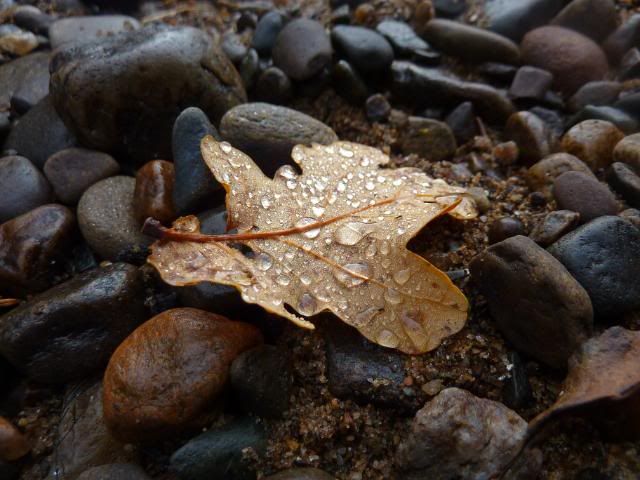
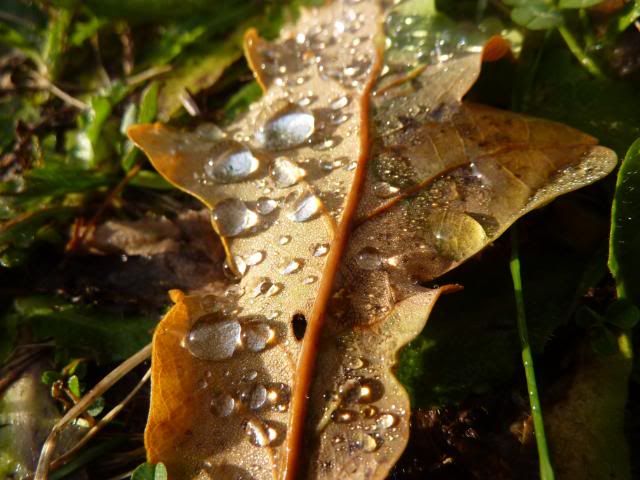
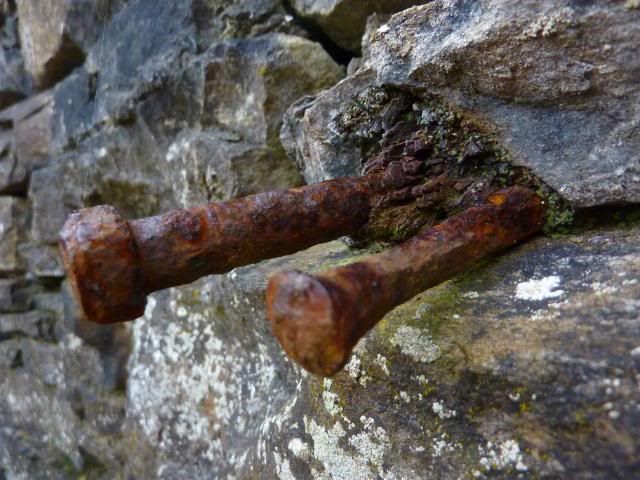
here are two where i actually got the camera to shift focus- virtually the same shots with two different focal aspects (?)
the reflection:
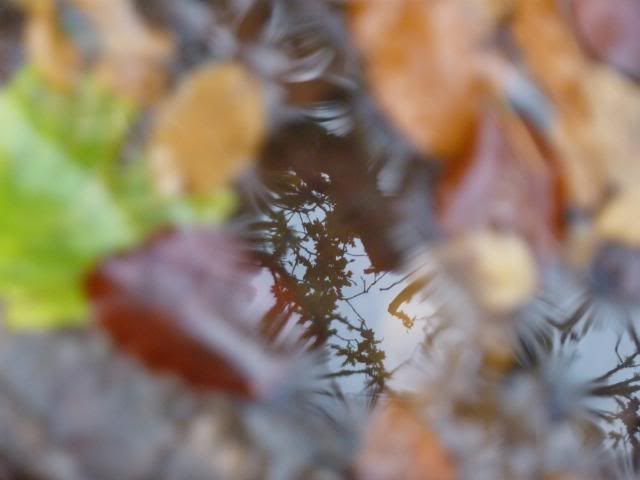
the leaves:
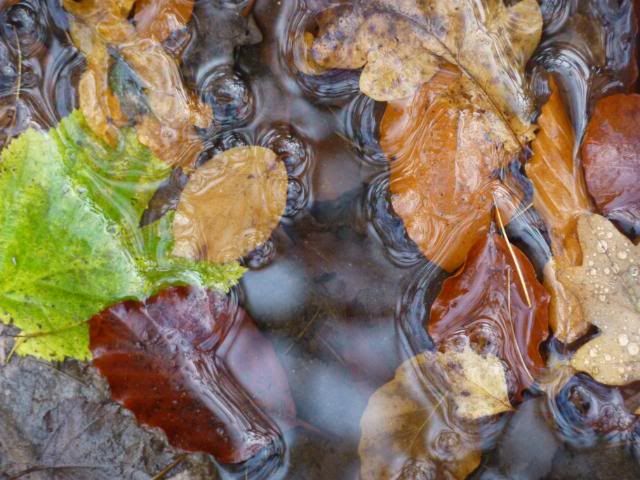
one of my favorites of the couple thousand pix i took in Scotland:
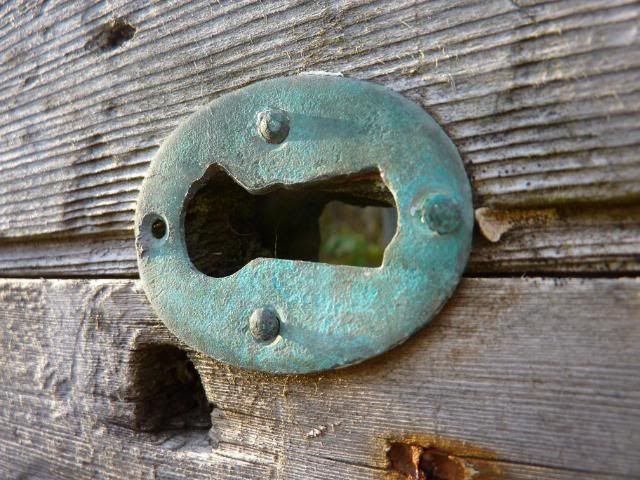
i'm really finding that composition isn't a problem, sometimes images leap out at me seemingly from even beneath my feet! drives me crazy. it's really the low light situations (or other-than normal light) that give me trouble, and there are some good tips here. i don't usually know for sure what i've gotten until viewing the pix on my PC's big screen, although composition is boosted dramatically with the use of the large view screen on the back of the camera...
here are some of my experiments with close up (macro auto-focus)) shots



here are two where i actually got the camera to shift focus- virtually the same shots with two different focal aspects (?)
the reflection:

the leaves:

one of my favorites of the couple thousand pix i took in Scotland:


